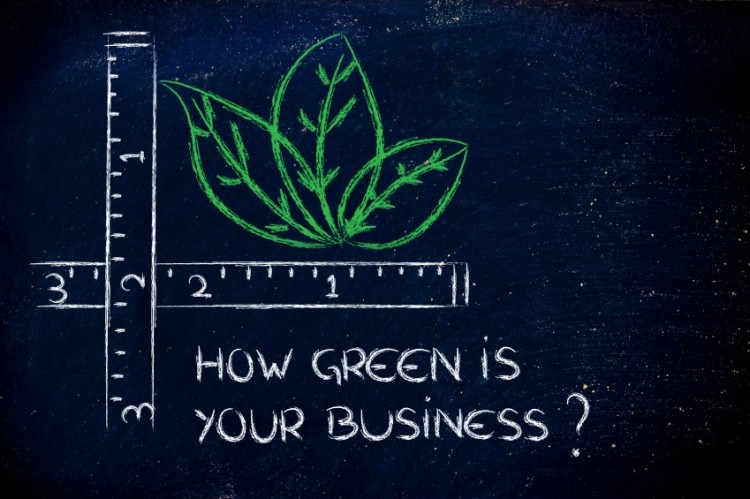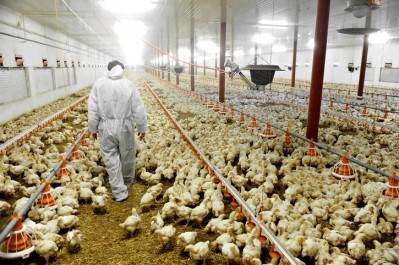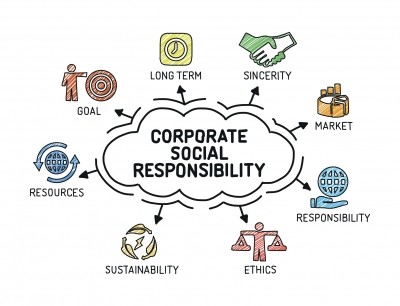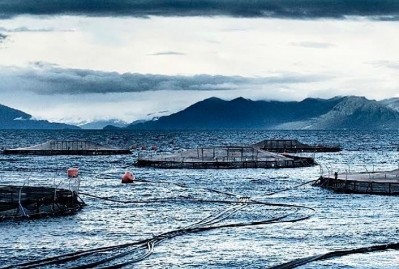Cleaning up the oceans: sustainable feed for farmed salmon

Norwegian fish farmers Kvarøy and Selsøyvik have worked with importer Blue Circle Foods, feed company BioMar and retailer Whole Foods Market to create In the Blue, a farmed fish feed that is said to conserve marine resources and reduces environmental contaminants in farmed salmon.
This year, 10,000 tons of farmed salmon reared on the new feed will be purchased by Whole Foods Market, a retailer with ambitions to create a model of more sustainable aquaculture for the farmed salmon industry.
Those involved in the project said the fish is the first farmed salmon to have a fish-in, fish-out ratio of below 1-1, earning it a ‘good alternative’ rating from Monterey Bay Aquarium Seafood Watch program. This is a rare mark for farmed salmon - other salmon farms have ratios that average 1.6-to-1, they added.
Using all the trimmings
The explanation for this exceptionally low ratio is that unlike conventional feeds, which are produced from fish caught solely for feed, In the Blue is made with trimmings from wild-caught fish that are already bound for human consumption, said the companies.
The trimmings are pressed into oil that is cleaned to reduce environmental contaminants like heavy metals and PCBs (polychlorinated biphenyls).
“The trimmings undergo a full stripping and deodorization process; they pass through a coal filter followed by a process of refining using heat and pressure. This gets rid of 95% of the contaminants,” Vidar Gundersen, group sustainability manager for BioMar, told FeedNavigator.
Gundersen said that the cleaning technology itself was not new - it is commonly used in the production of fish oil dietary supplements - but that it had not been deployed on that scale or in fish farming before.
A further advantage is that the contaminant residues from the cleaning process are incinerated, which means they are no longer toxic and are removed from the food chain altogether.
“Essentially we are playing a small part in cleaning up the oceans,” said Gundersen.
Future hopes
At present, the custom feed is just being supplied to those farmers who produce fish for Blue Circle Foods. Ultimately, though, all stakeholders involved - BioMar, Blue Circle Foods and Whole Foods Market - hope that the model for farmed salmon feed can become common practice, and eventually extend to other species.
“I hope this will be an eye-opener for other farmers and retailers, but I think the ‘pull’ will have to come from the retailers. If they hear about this and want to offer similarly sustainable farmed fish this will create demand through the supply chain,” said Gundersen.
He said that there were still “a lot of trimmings about” but acknowledged that ultimately, they were a finite resource. Still, even if supplies of trimmings are exhausted, there are other options, according to Gundersen.
“New ingredients are starting to emerge, with micro-algae being the main alternative,” he said.








